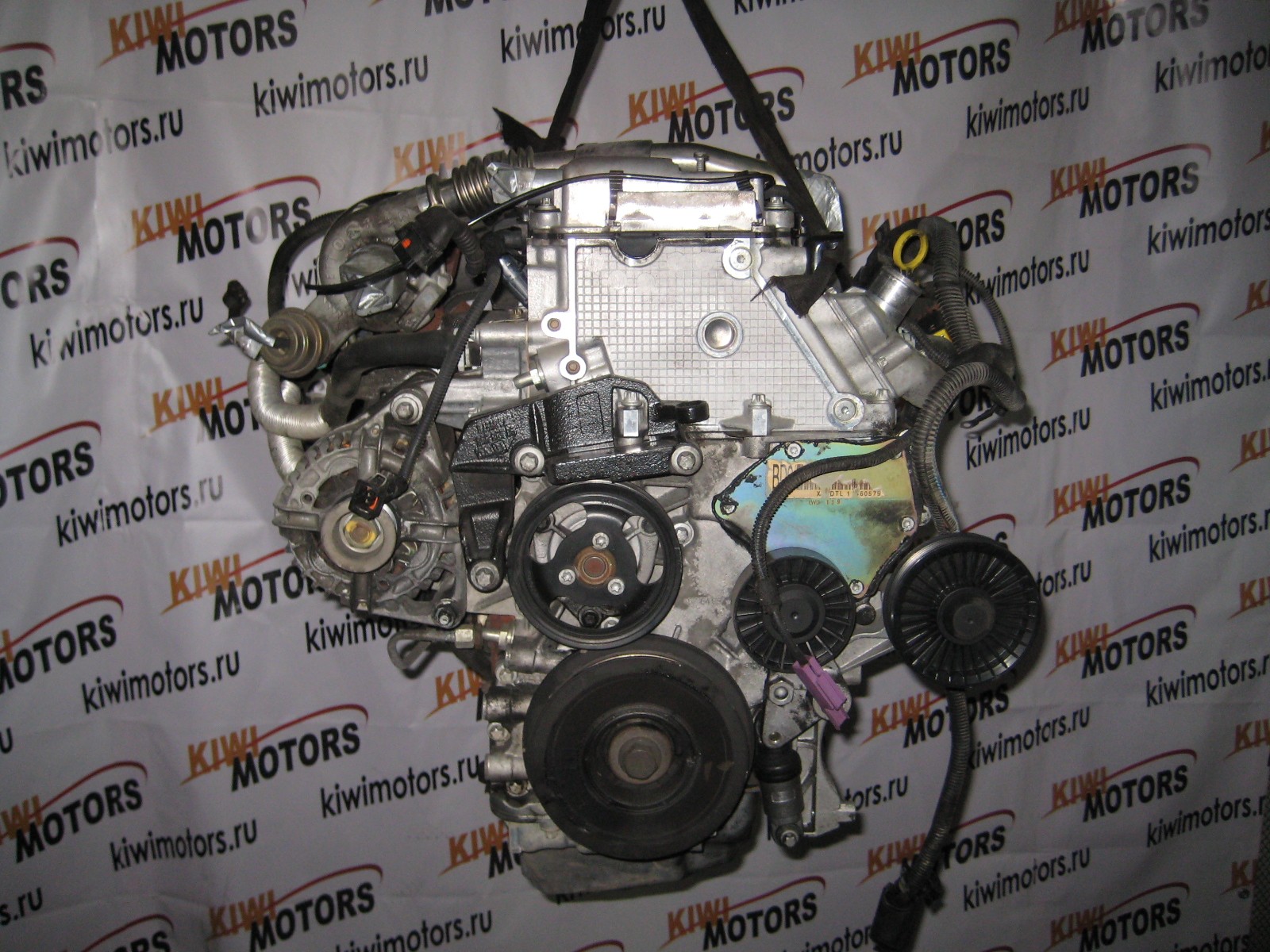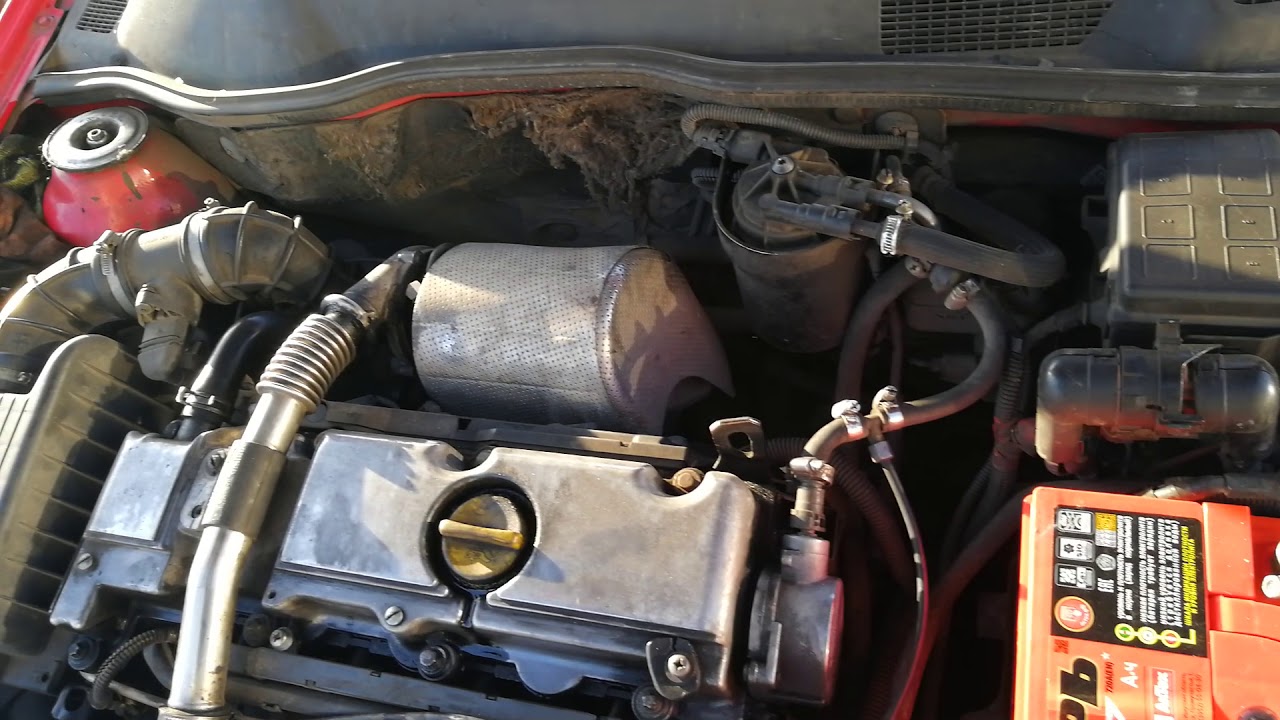
Opel X20DTL engine
Content
This engine is rightfully considered the most popular diesel unit of the late 90s and early 2000s. It was installed on cars of completely different classes, and everywhere motorists were able to get and appreciate the benefits offered. Units labeled X20DTL were produced from 1997 to 2008 and then were completely replaced by power units equipped with the Common Rail system.
It is worth noting that already in the early 2000s, many were talking about the need to develop a new diesel engine, but for a long seven years, the company's designers did not offer a worthy alternative to this power unit.

The only worthy alternative to this diesel engine was the power unit purchased by the company from BMW. It was the famous M57D25, with Common Rail injection, although on Opel cars, its marking looked like Y25DT, due to the peculiarities of the ICE classification by GM.
Specifications X20DTL
| X20DTL | |
|---|---|
| Engine displacement, cc | 1995 |
| Power, hp | 82 |
| Torque, N*m (kg*m) at rpm | 185 (19) to 2500 |
| Fuel used | Diesel fuel |
| Fuel consumption, l / 100 km | 5.8 – 7.9 |
| engine's type | Inline, 4-cylinder |
| Engine information | turbocharged direct injection |
| Cylinder diameter, mm | 84 |
| Number of valves per cylinder | 4 |
| Power, hp (kW) at rpm | 82 (60) to 4300 |
| Compression ratio | 18.05.2019 |
| The piston stroke, mm | 90 |
Features of mechanical equipment X20DTL
It is worth noting that at the time of its appearance, such characteristics were considered very progressive for the engine and opened up excellent prospects for Opel cars equipped with these units. 16-valve cylinder head and electronic TNDV were considered one of the most progressive solutions of their time.
This motor is a prominent representative of high-quality diesel internal combustion engines produced at the end of the last century. It was equipped with an aluminum valve cover and a cast iron block. In the future, the same modification was finalized, and the cover became plastic, and the block was made of alloy steel.
A distinctive feature of the motor is the presence of a huge number of repair sizes of the cylinder-piston group and the connecting rod mechanism.
The timing drive is characterized by the presence of two chains - one double-row and one single-row. At the same time, the first one drives the camshaft, and the second one is designed for the VP44 injection pump, which has had quite a lot of complaints since its release due to imperfect design.
The X20DTL model has become the basis for further improvements and modifications, which allow to significantly develop the company's engine building. The very first car to receive such a unit, the Opel Vectra B, eventually spread to almost all modifications of middle-class cars.
Common breakdowns of X20DTL power units
Over the long period of operation of this power unit, motorists have identified a whole range of problem areas and parts, the quality of which I would like to significantly improve. Although it should be noted that the vast majority of power units easily drive 300 thousand km without repair, and the motor resource of the motor is 400 thousand and the main breakdowns occur after this resource is exhausted.

Among the most common problems that this engine is famous for, experts note:
- incorrect injection angle. The problem comes from stretching the timing chain. The field of this car starts uncertain start. Possible jerks and floating revolutions during movement;
- depressurization of rubber-metal gaskets and fuel injectors, traverses. After that, there is a risk of engine oil getting into diesel fuel and airing the fuel system;
- damage to the guides or tension rollers of the timing chains. The consequences can be very varied. From an unstable plant to clogged filters.
- failure of TNDV VP44. The electromechanical part of this pump is the weak point of almost all Opel cars produced during this period. The slightest violations or defects in this part lead to the fact that the car does not start at all, or works at a third of its possible power. A malfunction is diagnosed in the conditions of a car service at the stand;
- worn and clogged intake pipes. This problem is typical when using low-quality fuels and lubricants. The car loses power, instability in operation is manifested. Only a total cleaning of the system can save the situation.
All of the above problems are rarely found in cars, after overhaul and power units with minimal mileage. It is worth noting that the motors of this series have a huge number of repair sizes and it is possible to restore each power unit almost indefinitely.
Possibilities for replacement with increasing power
Among the more powerful internal combustion engines that can be supplied as a replacement for this model, it is worth highlighting the Y22DTR with 117 or 125 hp. They have proven themselves in practice and will significantly increase the power of the machine, without a significant increase in consumption. At the same time, for those who want to install a newer and more environmentally friendly power unit in their car, pay attention to the Y20DTH, which complies with EURO 3 environmental standards. Its power is 101 hp. and will also allow you to win a few by adding several horses to the power unit.
Before replacing the motor with a contract counterpart, or to install a more powerful version, you must carefully check all the numbers of the purchased spare part with those indicated in the documents.
Otherwise, you run the risk of acquiring an illegal or stolen item and sooner or later you may end up in a penalty area. For Opel X20DTL engines, the standard place for indicating the number is the lower part of the block, slightly to the left and closer to the checkpoint. In some cases, with an aluminum cover and a cast iron unit, this information can be located on the valve cover or at the place where it is attached to the main part of the unit.

